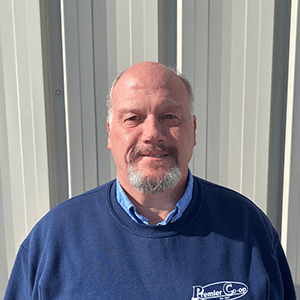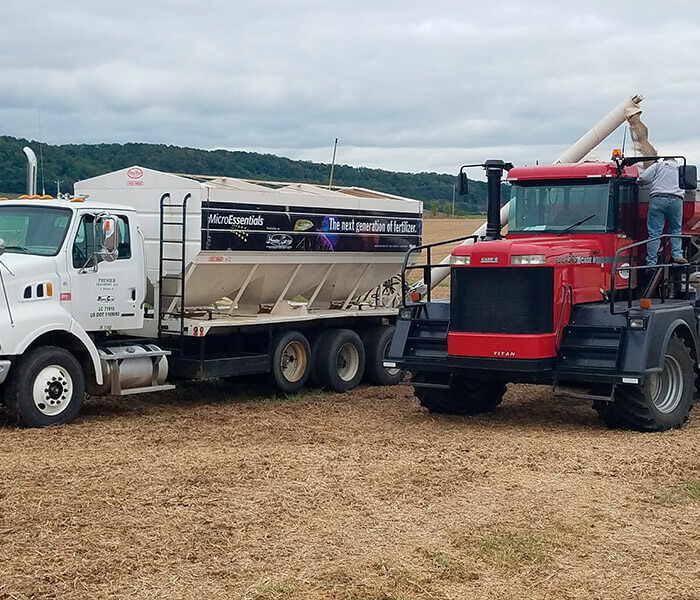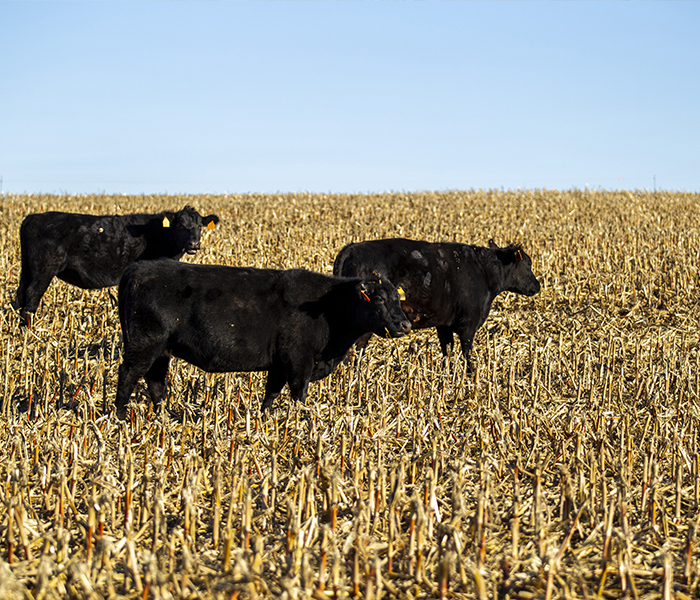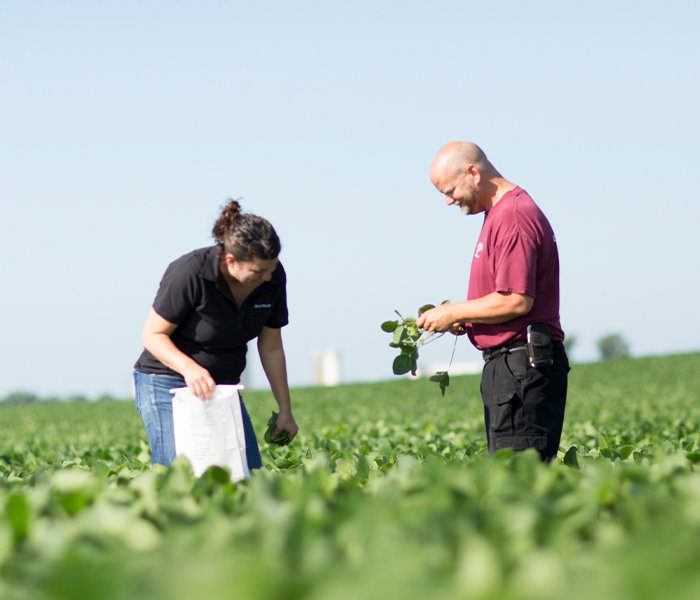Managing your beef herd.
Pasture conditions are variable in southwest Wisconsin this fall, and how you manage this with your cows can have an impact on winter-feeding costs and cow performance next year. What are some things to assess right now?
Consider quantity and quality of forages in pastures this fall.
- Supplementation may be required. If the grass is less than 4 inches tall, the cow will expend more energy to harvest the forage than what she will get from the forage. Or, if you have lush fall re-growth, this may not be very nutrient-dense and could also require some supplementation.
- Do not use creep-feeding of the calves as a way to help the cow. A common myth is this practice will help the cow to maintain body condition score.
- Wean early if the pastures are poor. Weaning early will reduce the cow nutrient needs up to 50% and help her maintain body condition score and use less feed this winter.
Assess body condition score.
- The target body condition score at calving is a 6, but it can be expensive to put on this condition prior to calving so you need to start early putting on condition.
- Change body condition score now. The most economical time to add body condition score is post-weaning. If she can be in an ideal body condition going into winter, this will reduce the feed needs of the cow as well.
- Sort younger and thin cows this fall and feed separately. Either feed separately all winter in a separate group or even only 30-60 days of feeding separate this fall can be advantageous. Anything to give these females more energy and ‘catch-up’ to the rest of the herd can improve performance and reduce winter feeds needs.
Test stored forages and develop a winter-feeding plan.
- Determine forage quality and quality. Due to the growing conditions this summer, there could be quite a bit of variability this year. The knowledge of where gaps in nutrition may exist this winter ca help avoid problems.
- Put together a plan. Work with your nutritionist to develop a plan to utilize your forages the best, determine if supplementation is needed, or to develop strategies to stretch forage supplies.
If you have any questions about managing your beef herd this fall/winter, please reach out to your local Premier nutritionist.

Peter Day
Purina Animal Nutrition



